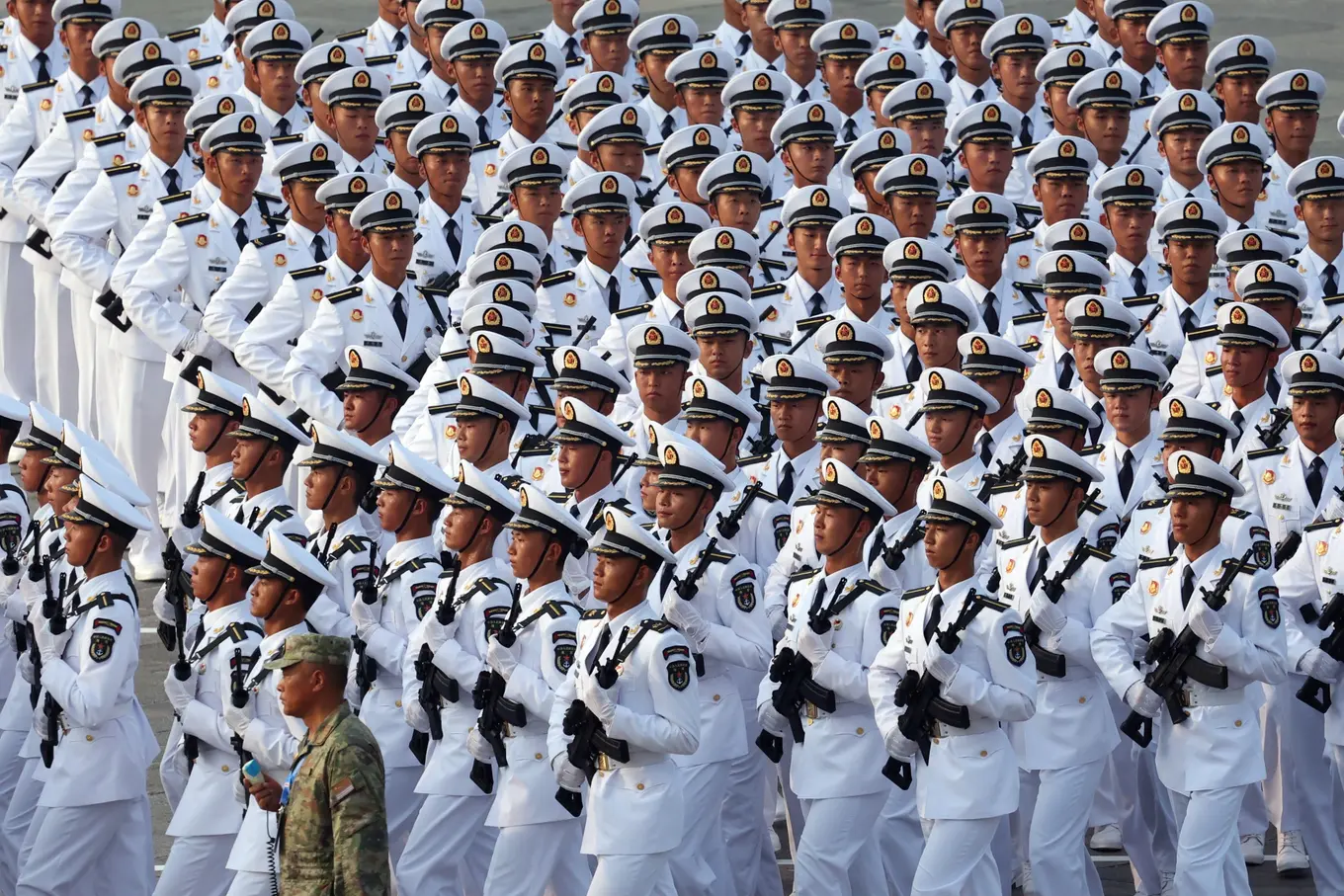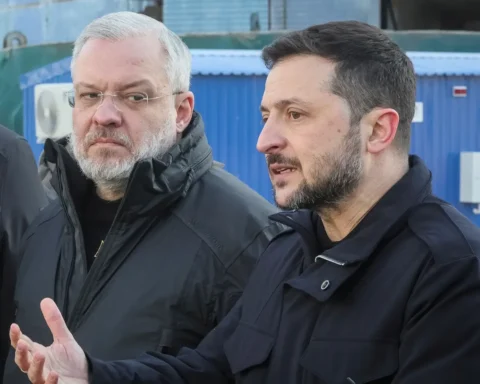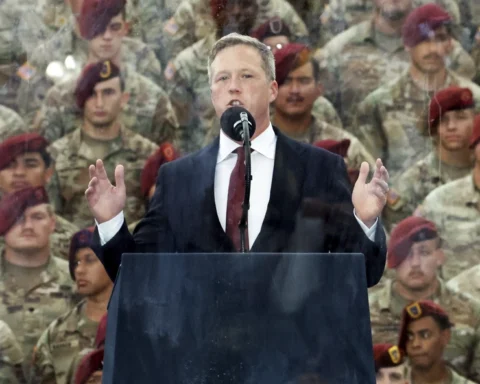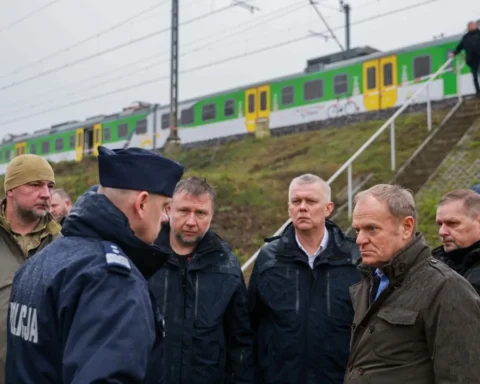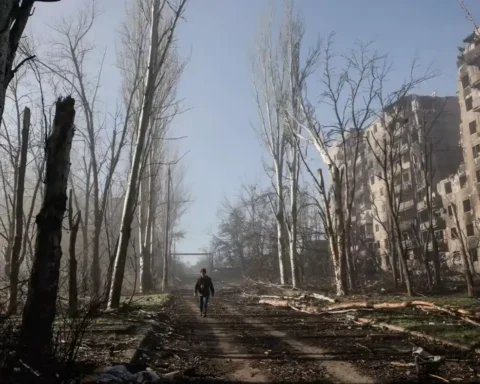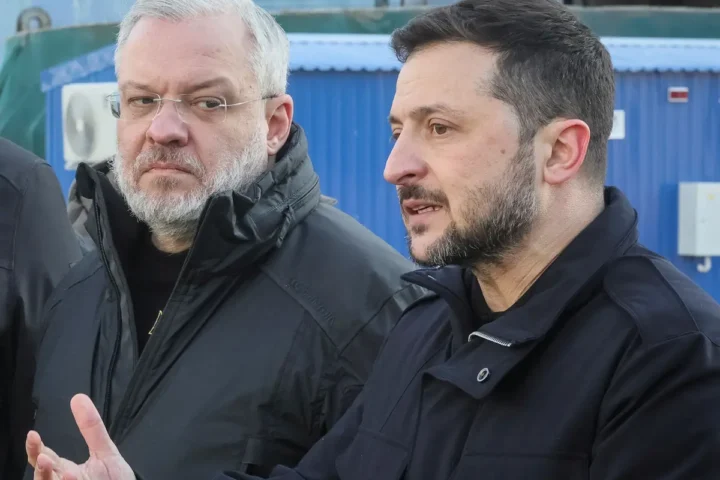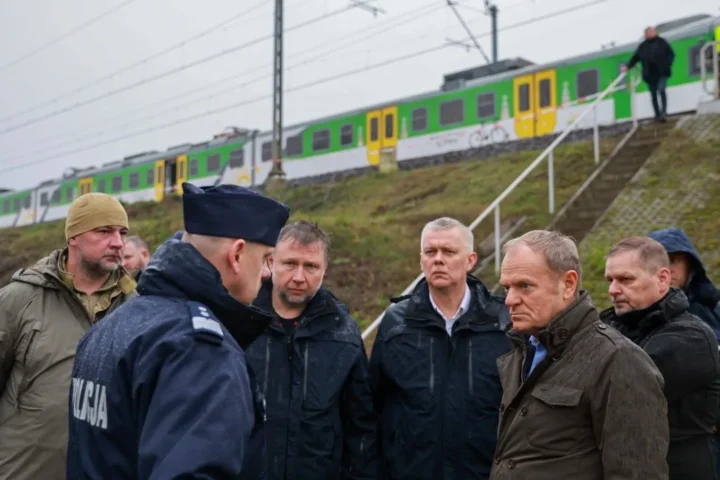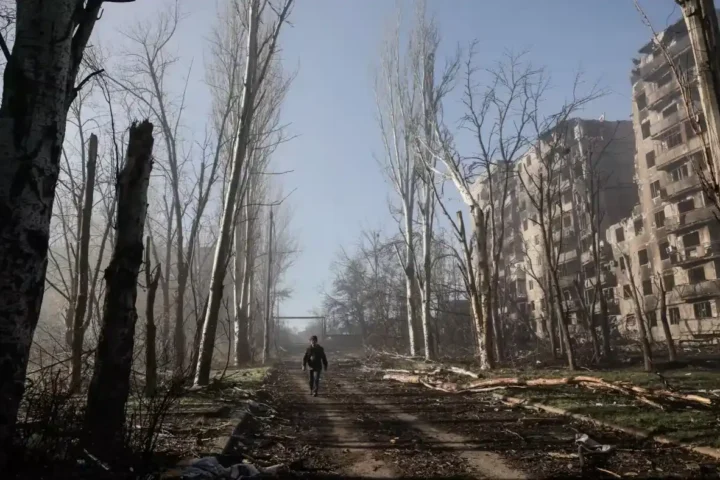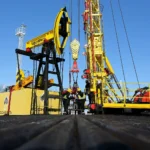China showcased on Tiananmen Square a full lineup of new armaments—from hypersonic long-range missiles to autonomous unmanned systems. According to NZZ, the display carries a clear deterrent message aimed at potential adversaries in the western Pacific.
A parade as a signal to the world
On Wednesday morning in Tiananmen Square, Xi Jinping reviewed China’s largest military parade in at least ten years—an event timed to the anniversary of victory over Japan and the end of the Second World War. Shortly before 9 a.m. local time, the Chairman of the PRC and General Secretary of the CPC stepped onto the balcony of the Tiananmen Gate. According to NZZ, the political staging was deliberately explicit: Xi was flanked by Russia’s President Vladimir Putin and North Korea’s leader Kim Jong Un, who remained at his side for nearly the entire seventy-minute ceremony. China’s state television, NZZ notes, showed little of the more than two dozen other visiting heads of state and government, focusing instead on shots of Xi speaking with Putin and Kim.
Key takeaways from Xi’s speech
Opening the parade, Xi delivered a noticeably shorter address than the one he gave ten years ago—about ten minutes. In it, he framed a choice that, in his view, the planet faces once again:
“Once again humanity must choose between war and peace, between cooperation and a zero-sum game.”
As NZZ underscores, Xi regularly accuses the United States of “zero-sum” logic—where one side’s gain inevitably means the other’s loss. By contrast, he said, the Chinese people stand on “the right side of history,” and the entire ceremony was constructed as a demonstration of resolve toward the West.
A separate passage served as a warning to foreign adversaries. Xi used several vivid formulations to stress that the country does not fear force:
“This great nation has never bent to any enemy or any power; whoever dares to invade here will be shattered against an ‘iron wall.’”
“China does not fear violence.”
By NZZ’s count, the word “peace” appeared six times—compared with eighteen mentions in his address a decade ago. Xi, who chairs the Central Military Commission, also set a clear benchmark for the armed forces:
“All personnel must carry out their tasks impeccably and move even faster toward building a world-class military.”
Parade of ranks and hardware: 45 formations and a showcase of modernization
In recent years the People’s Liberation Army has made visible strides in modernization. The parade, with 45 formations, became a vivid showcase of that overhaul. According to NZZ, the centerpiece was long-range, high-precision strike systems designed to operate in highly contested environments.
- Hypersonic long-range missile. China unveiled a new model intended to penetrate existing missile defenses and strike at strategic ranges.
- New dual-basing anti-ship missiles. These systems can be launched from both surface vessels and submarines, expanding the navy’s capacity for sudden strikes.
- In NZZ’s assessment, the architecture of these systems looks like a response to a potential confrontation with the United States in the western Pacific.
Betting on autonomy: high-speed drones, UAVs, and underwater “robots”
One of the most notable blocks featured unmanned platforms. China has been investing heavily in autonomous systems in recent years, and the parade underscored that focus.
- Four types of high-speed drones that, according to the Chinese side, are difficult for opposing defenses to detect and can pierce layered air defense.
- A new unmanned combat aircraft—a showcase for long-endurance patrol and precision strike potential.
- An unmanned helicopter—a vertical-takeoff platform for reconnaissance and targeting.
- Multiple classes of unmanned underwater vehicles—another signal of China’s intent to bolster capabilities in the maritime domain, including clandestine operations and counter-force missions.
The message and its intended audiences
The parade’s composition—the political entourage around Xi, the terse yet hard-edged rhetoric, and the emphasis on autonomous and long-range systems—adds up, in NZZ’s view, to a coherent narrative: Beijing is signaling readiness for confrontation and a drive to field a “world-class military” on an accelerated timeline. The external audience is clear: potential adversaries beyond China’s borders, above all in the western Pacific. The internal audience is the PLA’s commanders and rank and file, who have been given a directive to speed up modernization and sharpen command performance across multiple domains.
The Tiananmen parade served as a synchronized signal outward and inward alike: “we do not fear force,” “we are accelerating toward world-class,” “we are ready for high-tech war.” As NZZ sums it up, the display of an “iron wall” is addressed to those inclined to test China’s red lines—the answer, Beijing sought to show, comes less in words than in ranks and the unveiling of new systems.
This article was prepared based on materials published by Neue Zürcher Zeitung. The author does not claim authorship of the original text but presents their interpretation of the content for informational purposes.
The original article can be found at the following link: Neue Zürcher Zeitung.
All rights to the original text belong to Neue Zürcher Zeitung.


